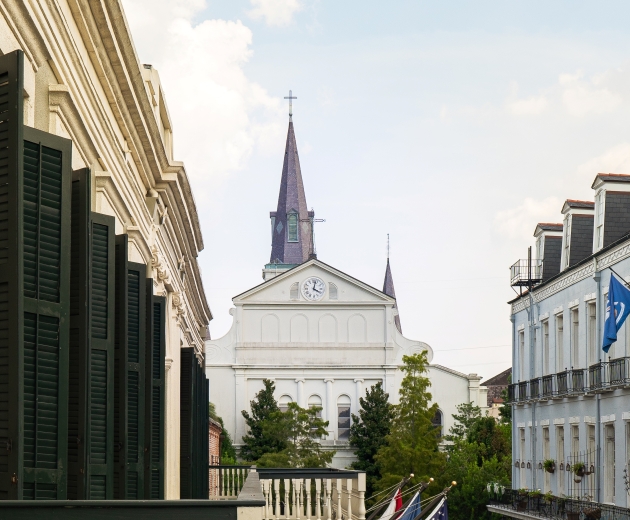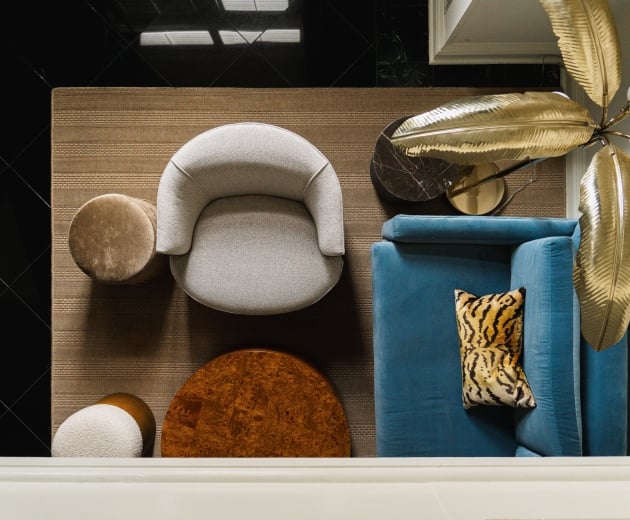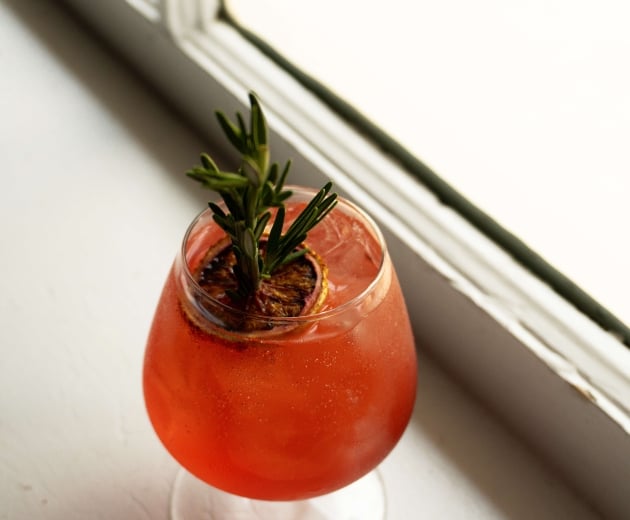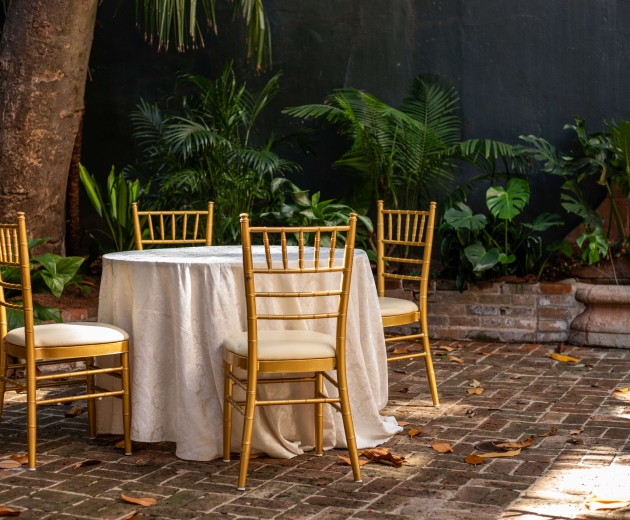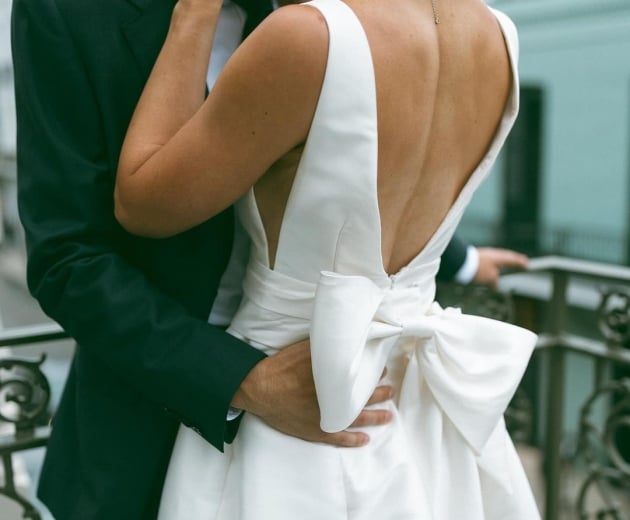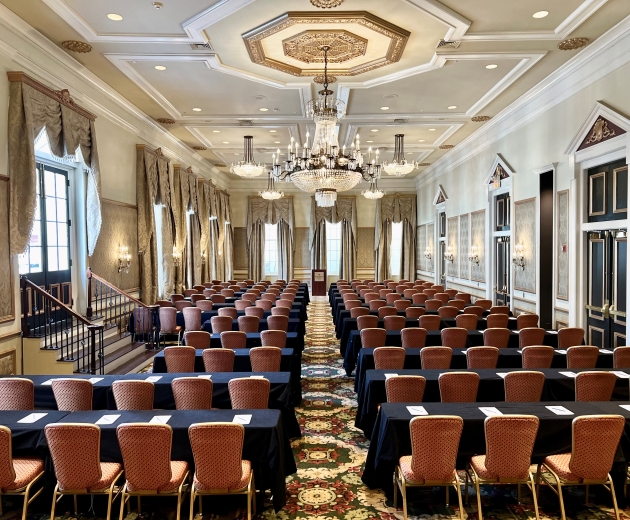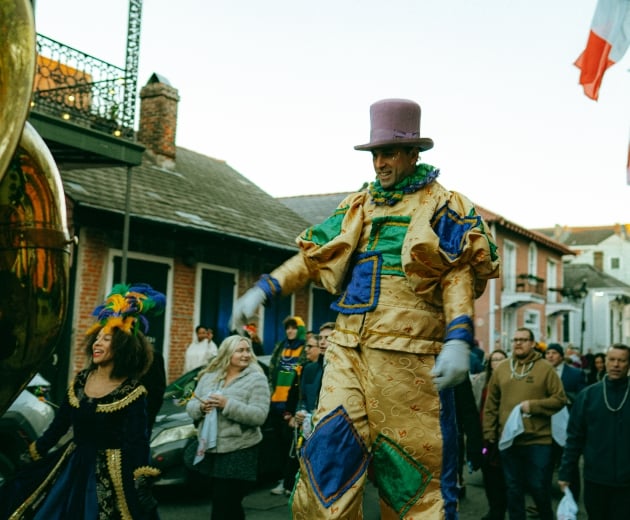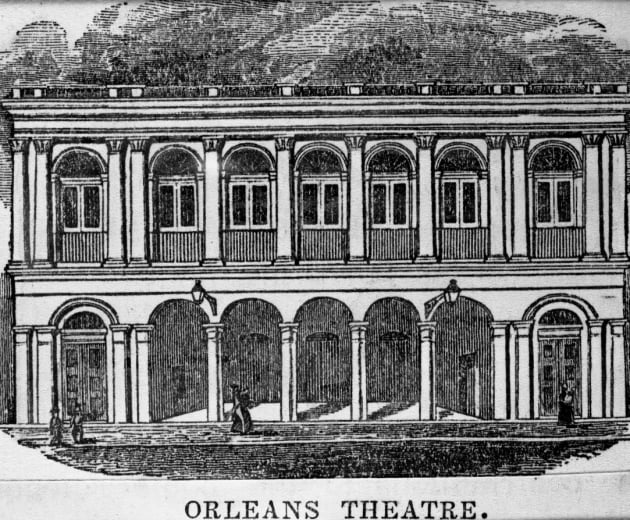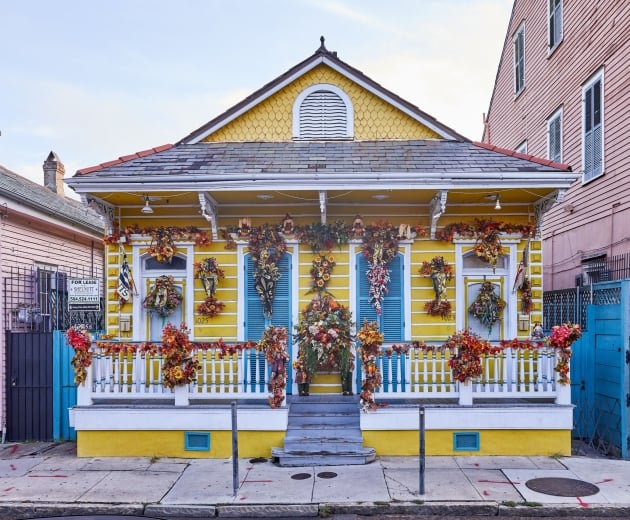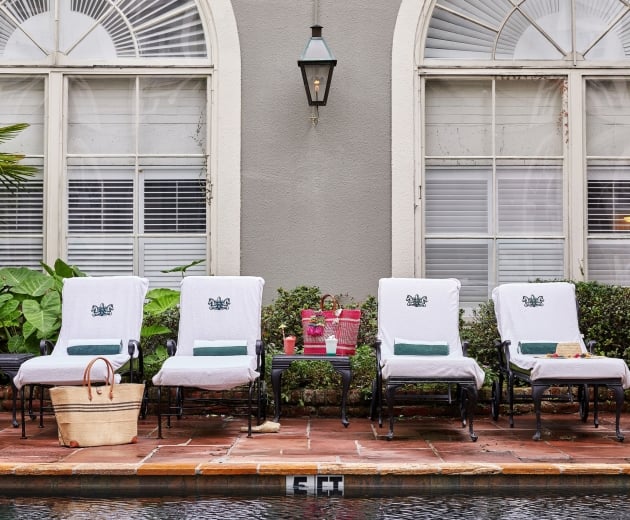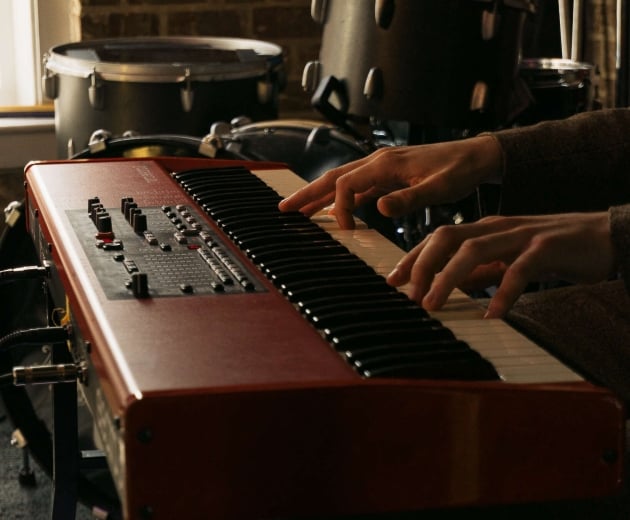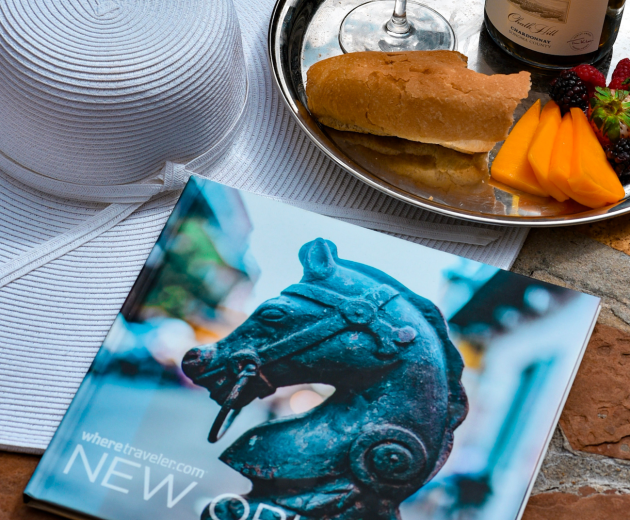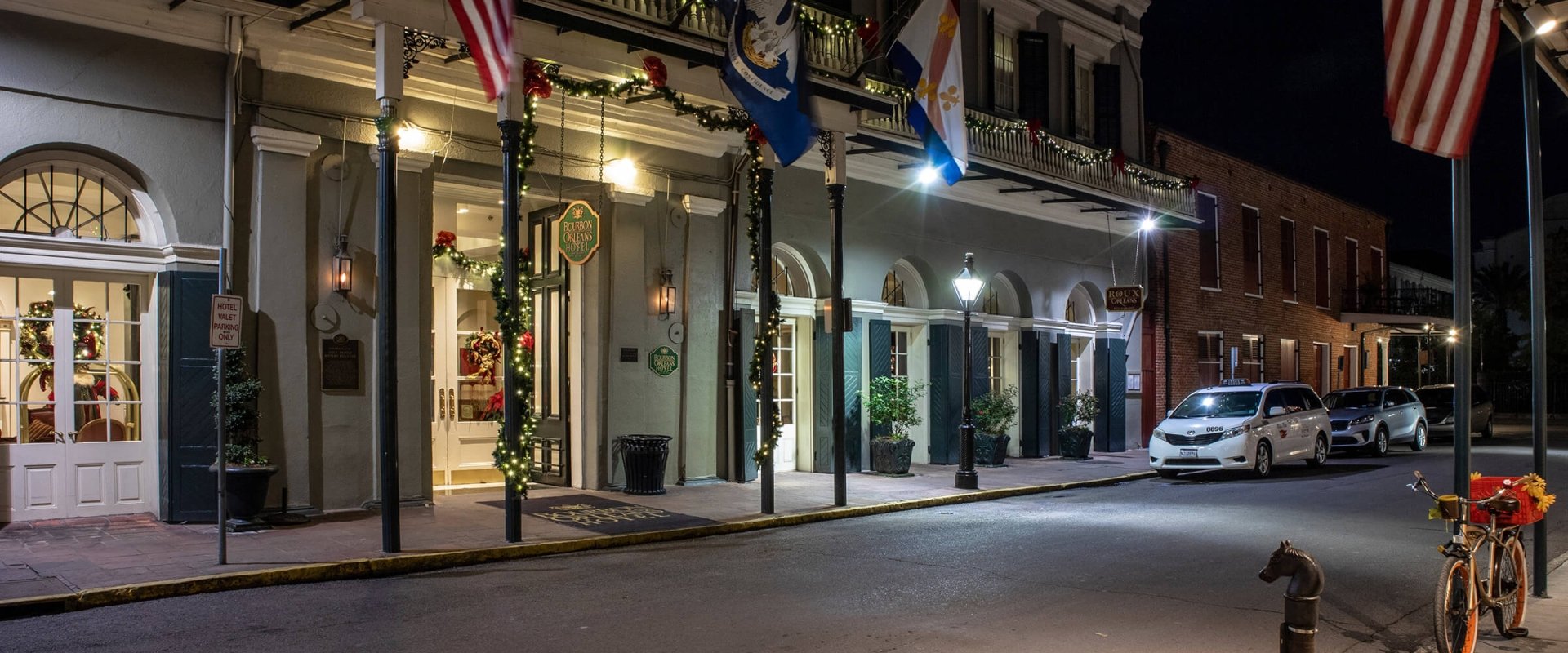Stay in touch.
1817–1881
Orleans Theatre & Ballroom
Before becoming the setting for European operas and entertainment for Creole society in New Orleans, the Orleans Theatre has a rocky start. Construction actually begins on the original Théâtre d’Orléans in 1806, but the War of 1812 delays the opening until 1815, and is then completely destroyed by fire in 1816. In 1817, entrepreneur John Davis purchases the land and re-builds the Orleans Theatre and adds the Orleans Ballroom, designed by British-born architect Henry Latrobe, designer of the U.S. Capitol.
Prestigious European operas, masquerade balls, carnival balls. Even State Legislature and First District Court sessions. The 1,300 seat Theatre quickly places New Orleans on the map as the opera capital of the United States throughout the nineteenth century, as well as the most important venue for Creole society and the setting for the most select affairs in New Orleans.
In 1866 a fire sweeps through the area, destroying the Theatre but sparing the Ballroom. By 1881, both the Orleans Theater and Ballroom are acquired by the Sisters of the Holy Family for use as a school, orphanage, and convent, where they remained for 83 years.
1881–1964
Sisters Of The Holy Family
In 1881 the Sisters of the Holy Family—the first African-American religious order in the United States, founded by Henriette DeLille in 1842—purchases the former Orleans Ballroom and converts the building into a convent: a motherhouse and school for African American girls called St. Mary’s Academy.
The growing order is then quick to purchase an adjacent lot and builds an orphanage for girls called St. John Berchman’s Asylum for Negro Girls, as well as a courtyard and playground for the orphanage—the site of the current courtyard and pool of the Bourbon Orleans Hotel.
By the 1960s, the Sisters of the Holy Family grows to over 400 nuns and sells the property in 1964 to move to a larger convent with expanded facilities in New Orleans East, where they are located today. Baton Rouge contractor Wilson P. Abraham plans to restore the former Orleans Ballroom and build a hotel.
1964–Today
Bourbon Orleans Hotel
In 1964, the Sisters of the Holy Family sell the property to the Bourbon Kings Hotel Corporation, which has to get approval from the city and the Vieux Carre Commission to develop a $7 million hotel, restore the former Orleans Ballroom building, and to construct a new building on the site of the former asylum for orphan girls at the corner of Bourbon and Orleans Streets.
Since the convent building is one of the most historically valuable buildings of the French Quarter, the proposal garners much attention from preservationists and the city. The approval of the hotel development is contingent on the restoration of the historic Orleans Ballroom, and the former Orleans Ballroom building is converted to the lobby, bar, and dining salon of the hotel.
In a grand opening ceremony on July 18, 1966, then Mayor Victor H. Schiro upholds the inn-keeping tradition of tossing a brass key as a symbol of hospitality, and Rev. Nicholas J. Tanaskovic, pastor of nearby St. Louis Cathedral, provides the blessing.
Today, the Bourbon Orleans Hotel offers a rich legacy of a historic hotel without having to compromise on modern amenities, gracious hospitality, or welcoming service, and has been voted as a top Hotel in Condé Nast Traveler’s Readers Choice Awards.
1817–Present
A Haunted New Orleans Hotel
A Confederate soldier. Children and nuns from the former convent and orphanage. And a lonely ghost dancer. All stories that help rank the Bourbon Orleans Hotel among the top 10 most haunted hotels in the U.S. according to USA Today’s 10Best, Top Ten Haunted Hotels In America.
And it’s no surprise. A building that’s had so many different lives is bound to have smany different stories. Stories of the rooms and corridors of the Bourbon Orleans Hotel being haunted. The ghosts who roam the halls and rooms of the Bourbon Orleans today lived during many different eras of this building’s history. Gather round, we’ve got some stories for you.
First, there is the story of the Confederate Soldier or “The Man” that surrounds both the sixth and third floors. Then there are the sightings of a little girl rolling her ball and chasing it down the sixth floor corridors or light footsteps often heard in the hallways. The ghost children and female apparitions at the Bourbon Orleans Hotel are most likely from the era of the Sisters of the Holy Family when the hotel was a convent, girls’ school, medical ward, and orphanage.
And lastly, the famous Orleans Ballroom, home to the grandest social events of the nineteenth century, is also home of a lonely ghost dancer seen dancing underneath the ballroom’s crystal chandelier. Several reports have been made of the rustling and a person hiding behind the draperies in the ballroom, without a window open or person actually there.
Want to know even more? Take a tour.

